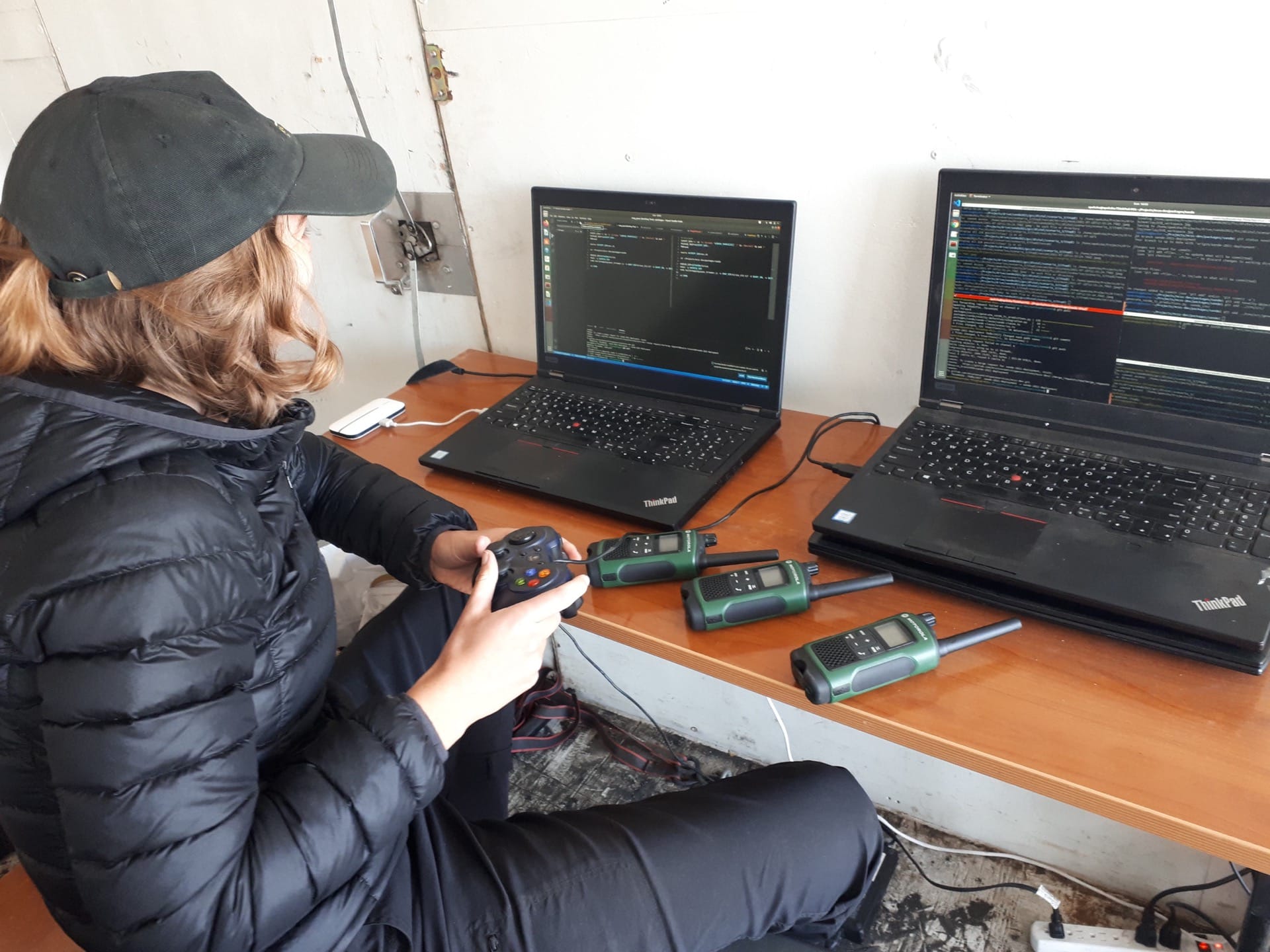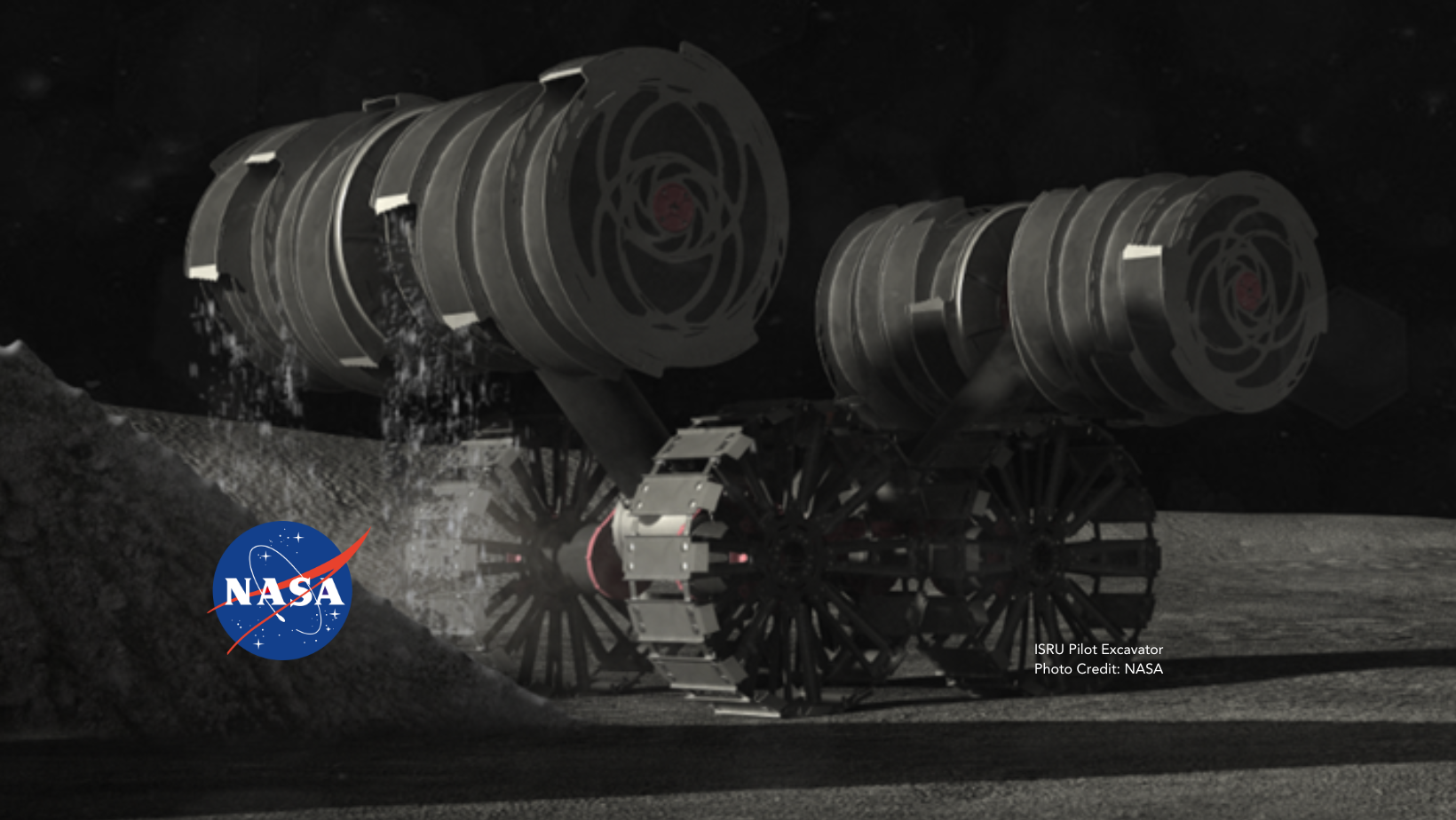In November 2021, Mission Control and 12 other teams from Europe and Canada competed in the ESA-ESRIC Space Resources Challenge in the Netherlands, supported by the European Space Agency (ESA) and the European Space Resources Innovation Centre (ESRIC). Mission Control is pleased to announce they, along with 4 other teams, have been awarded a contract with the ESA and will progress to the second round of the competition hosted by the European Space Resources Innovation Centre in Luxembourg in September 2022.
The task for the challenge is to demonstrate technologies that can be used for prospecting resources on the Moon in future missions. During the first round, Mission Control drove their Clearpath Husky rover through a simplified lunar analogue terrain built to simulate lunar conditions; including harsh shadows, poor lighting, and reduced visibility. Using Mission Control Software, stereo vision, and a compact Lidar from MDA (Canada’s leading space technology company), the team was able to navigate through the challenging terrain, locate resources and map a small impact crater for resource prospecting and scientific investigations.
Mission Control and MDA are pairing the best of new space innovative technical capabilities with proven mission-critical expertise to address emerging lunar opportunities, including lunar mobility and associated technologies, for government and commercial customers worldwide.
“I’m excited to continue to the next round of the ESA-ESRIC Space Resources Challenge! It provides a unique opportunity to test our mission operations in a previously unseen environment just like we will experience when operating a rover in the south lunar polar regions. We are excited to advance our operations software to meet what we expect will be an even greater challenge!” said Dr. Matt Cross, a systems engineer at Mission Control.
The Mission Control team is currently working on improvements based on lessons learned in the first round of competition and preparing for round 2 in Luxembourg later this year.
“The first round of the challenge gave our team a great opportunity to test our rover operations software and our science operations processes outside of our own Moonyard,” explained Dr. Melissa Battler, Mission Control’s Chief Science Officer. “It was really validating to see how well everything came together to facilitate a really successful ‘Moon’ mission! The first round gave us some ideas for improvements, and we’re excited to do it all again in the second round.”
About Mission Control:
Mission Control empowers explorers by innovating to make advanced software viable for use in space. Using Mission Control software, customers can simplify mission development and operations while unlocking the potential of new scientific and commercial opportunities on the Earth, Moon, Mars, and beyond. Mission Control software is used by mission controllers, scientists, and software developers who seek faster deployments, lower-cost mission development, and valuable data returns. Mission Control helps shape a world where all humans treasure planet Earth and marvel at the universe because they have access to knowledge, perspective, and inspiration gained through ubiquitous access to exploration.








